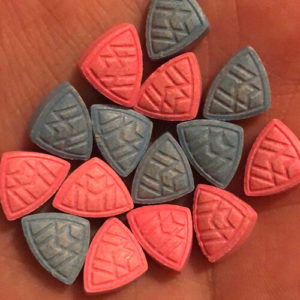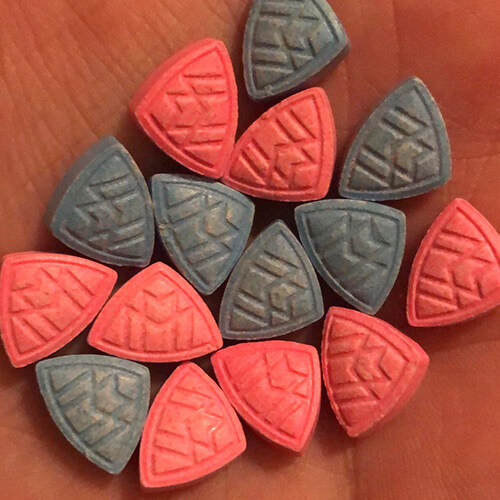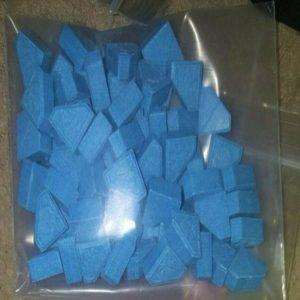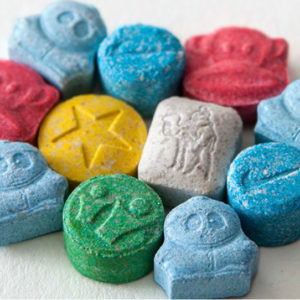Description
WHERE CAN I BUY MDMA CANADA?
Buy MDMA Canada online from a trusted source.
Medical and research-grade, pure MDMA available with secure payments, discreet packaging, and fast delivery.
Enjoy the convenience of online shopping with fast and secure delivery options and easy payment methods.

HOW IS MDMA USED IN PTSD THERAPY?
1. Preparation Sessions:
Before MDMA sessions, patients undergo preparatory therapy.
This helps them develop a trusting relationship with the therapist and establish clear therapeutic goals.
Again, this step helps them feel more comfortable with the treatment process ahead.
2. MDMA Sessions:
During sessions, patients take a controlled dose of MDMA.
They talk about their traumatic memories while therapists guide them.
The therapy takes place in a safe and comfortable environment.
Sessions typically last between 6 and 8 hours, allowing patients to process their emotions.
3. Emotional Release:
MDMA reduces anxiety, fear, and emotional numbness. Buy MDMA Canada
As a result, patients access repressed emotions and cope with trauma more safely.
This emotional openness helps patients relate to their memories in a new way.
4. Integration Sessions:
After MDMA sessions, patients undergo integration therapy.
They process their experiences and integrate their knowledge into their daily lives.
This helps them apply what they have learned and make lasting changes.
WHAT IS THE CHEMICAL STRUCTURE OF MDMA? (BUY MDMA CANADA ONLINE)
MDMA (3,4-methylenedioxy-N-methylamphetamine) is a synthetic drug that belongs to the class of substituted amphetamines.
It is currently synthesized with a benzene ring (C6H5) attached to a methylenedioxy group (-O-CH2-O-).
This group connects the benzene ring to the oxygen atoms.
At the same time, an amine group (NH2) is connected to a methyl group (CH3) on the nitrogen atom.
In this structure, the benzene ring forms the core, providing the framework.
The methylenedioxy group is located above the ring, connecting the oxygens.
In addition, the methyl group modifies the nitrogen atom, which affects the activity of the drug.
The chemical formula of MDMA is C11H15NO2 and its molecular weight is approximately 193.25 g/mol.
WHAT ARE THE DIFFERENCES BETWEEN MDMA, ECSTASY, AND MOLLY? (BUY MDMA CANADA QUICKLY):
-MDMA (3,4-methylenedioxymethamphetamine):
MDMA is a pure chemical compound used in research and clinical studies.
Its effects on mood and empathy are being studied. Buy MDMA Canada
Researchers use it in controlled environments to understand its therapeutic benefits.
People take it in various forms, including powder and pills, but it remains in its purest form.
-Ecstasy:
Ecstasy is MDMA mixed with other substances, such as caffeine or amphetamines.
It is sold in pill or tablet form. Buy MDMA Canada
Ecstasy is less pure than MDMA, and users experience unpredictable effects.
Because it contains other substances, people may not know the exact ingredients.
Molly:
Molly refers to MDMA in its crystalline and powder forms.
It is sold in capsules or as a loose powder. Buy MDMA Canada
People see it as a purer version of MDMA than ecstasy.
However, it can be contaminated with other substances.
Despite its reputation for being cleaner, Molly’s purity still varies.
WHAT ARE THE SYSTOMS OF MDMA WITHDRAWAL? (BUY MDMA CANADA SAFELY):
1. Fatigue:
After taking MDMA, people feel extremely tired.
The drug depletes serotonin levels, leading to a feeling of exhaustion.
This fatigue persists for several days after use.
2. Depression:
People feel sad or depressed due to the drop in serotonin levels.
MDMA affects mood regulation, and this change causes feelings of emotional dejection.
3. Anxiety:
Along with depression, anxiety is becoming more common.
The lack of serotonin causes nervousness or discomfort in many users.
4. Irritability:
People become easily frustrated or irritated during withdrawal.
The brain adapts to the chemical imbalance, causing increased irritability.
5. Sleep disturbances:
Many users experience insomnia or sleep disturbances.
MDMA can disrupt normal sleep patterns, making it difficult to rest for several days.
6. Loss of Appetite:
A noticeable decrease in appetite is seen in many people. Some people have difficulty eating due to mood swings or physical discomfort.
7. Cognitive Problems:
Users experience memory or concentration problems.
Cognitive function may be temporarily impaired during withdrawal.
8. Muscle Tension:
Muscle stiffness or discomfort becomes common.
Some people experience stiffness or pain in their body after taking MDMA.
9. Cravings:
Many people have cravings for MDMA or similar substances.
The body tries to restore its chemical balance, which intensifies the cravings for more.
HOW DOES MDMA COMPARE TO COCAINE AND AMPHETAMINE?
1. Chemical Structure and Mechanism:
Currently, MDMA increases the release of serotonin, dopamine, and norepinephrine in the brain.
It triggers unique empathic effects, allowing users to feel connected to others.
Cocaine, on the other hand, blocks the reuptake of dopamine, serotonin, and norepinephrine.
This mechanism produces a rapid and intense high.
Meanwhile, amphetamines increase the release of dopamine and norepinephrine.
They also inhibit its reuptake, which produces prolonged stimulation.
2. Effects:
MDMA produces feelings of euphoria, emotional closeness, and heightened sensory perception.
Users now enjoy enhanced tactile sensitivity.
Cocaine provides a rush of euphoria, energy, and heightened alertness.
However, this effect is short-lived and quickly leads to a comedown.
Amphetamines induce a feeling of energy and euphoria, but they also cause irritability and paranoia.
Users may feel agitated and anxious, especially at high doses.
3. Duration of effects:
MDMA lasts about 3 to 6 hours, with a gradual comedown.
Cocaine effects currently last only 15 to 30 minutes, followed by a sharp drop in mood.
Amphetamines produce effects for 4 to 12 hours, depending on the dose.
Methamphetamine, in particular, prolongs the effect for long periods.
4. Health risks and addiction potential:
MDMA is still considered to have moderate addiction potential.
However, it mainly causes mood swings, anxiety, and depression in frequent users.
Cocaine currently causes cardiovascular problems such as heart attacks and arrhythmias.
It is also highly addictive and long-term use causes significant brain damage.
Amphetamines produce serious psychological effects, such as paranoia and psychosis.
They also cause physical damage, such as tooth decay and skin sores, especially in methamphetamine users.
HOW LONG DOES MDMA STAY IN THE SYSTEM?
Currently, MDMA stays in the body for varying lengths of time, depending on several factors.
It is typically detected in urine for 1 to 3 days but can persist for up to a week, especially after heavy or frequent use.
In the blood, MDMA is detectable for 1 to 2 days.
It also remains in saliva for 1 to 2 days after use.
Additionally, MDMA is detectable in hair for up to 90 days or more, depending on the length of the hair sample and frequency of use.
Metabolism plays a major role in how long MDMA stays in the body, so the length of time varies from person to person. Buy MDMA Canada






Grace –
Great service
Great service , good prices , delivered on time .
Kinsley Audrey –
Keen prices
Keen prices, prompt service
Stella Everly –
Product perfect but very slow international shipping and no tracking
Christopher Jaxon –
V good
Top marks !!!!!!!!!!!